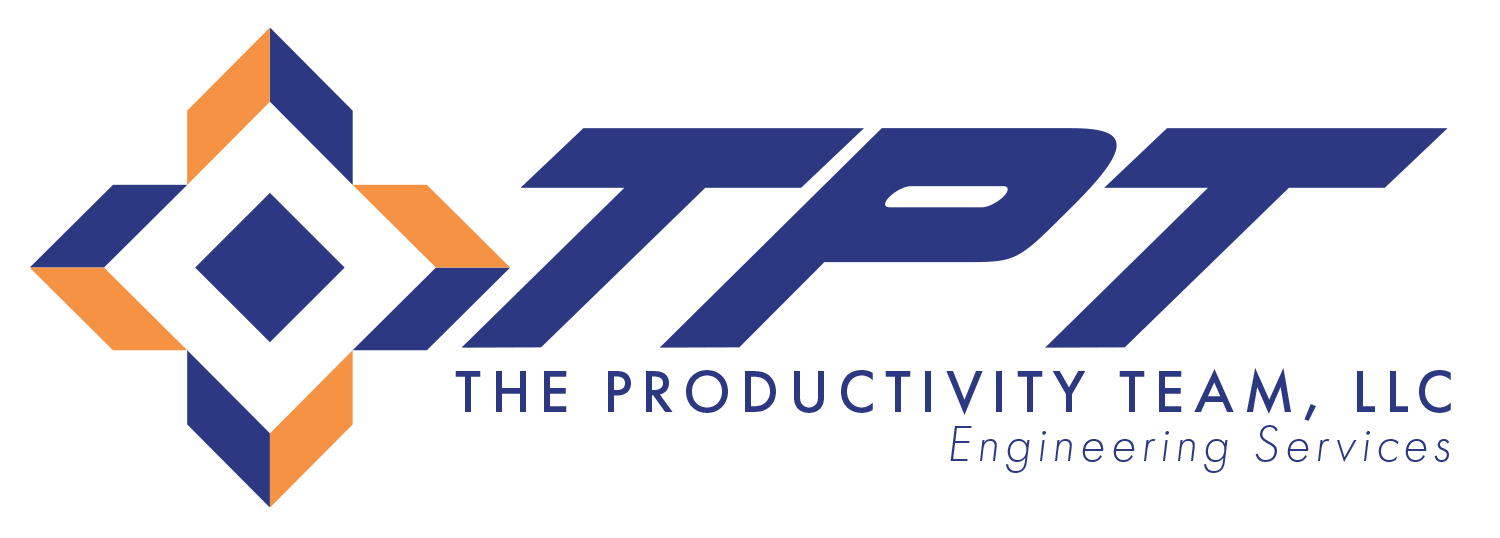Deciding when to automate a process in manufacturing is a critical decision that can significantly impact operational efficiency, product quality, and cost-effectiveness. From a TPT perspective, automation should be considered when it can enhance productivity, reduce human error, improve safety, or optimize resource utilization, but only after a thorough evaluation of the specific process and the business case for automation.
The first step in determining when to automate is assessing the current process performance. TPT typically evaluates factors such as production bottlenecks, cycle times, labor costs, and defect rates. Processes that are repetitive, labor-intensive, or prone to errors are prime candidates for automation. For example, tasks that involve simple, repetitive movements, such as assembly, packaging, or material handling, can benefit significantly from automation, freeing up human workers for more complex, value-added activities.
Another important consideration is the volume and consistency of production. High-volume processes with consistent output requirements are ideal for automation, as they can justify the upfront investment in machinery and technology. Conversely, low-volume or highly variable processes may not offer the same return on investment, unless flexible automation solutions, such as collaborative robots (cobots), are employed. Consultants can help manufacturers assess the potential for scalability and whether automation aligns with long-term production goals.
Cost analysis is a crucial part of the decision-making process. TPT works with clients to calculate the costs of automation, including equipment, installation, and maintenance, and compare them against the potential benefits. These benefits could include reduced labor costs, improved cycle times, increased throughput, and fewer defects. If the payback period is reasonable, automation may be the right choice.
Automation is also advisable when safety is a concern. Dangerous or hazardous tasks that pose a risk to workers’ health and safety can be automated to prevent accidents and comply with regulatory standards.
In summary, automation is recommended when it improves efficiency, reduces errors, enhances safety, or offers a strong return on investment. A thorough analysis of the process, production volume, and costs ensures that automation is implemented where it can deliver maximum value.
Contact Us to Learn More About TPT
TPT is the leading provider of facility planning and engineering services. Contact us today to speak with one of our planning and engineering specialists.
